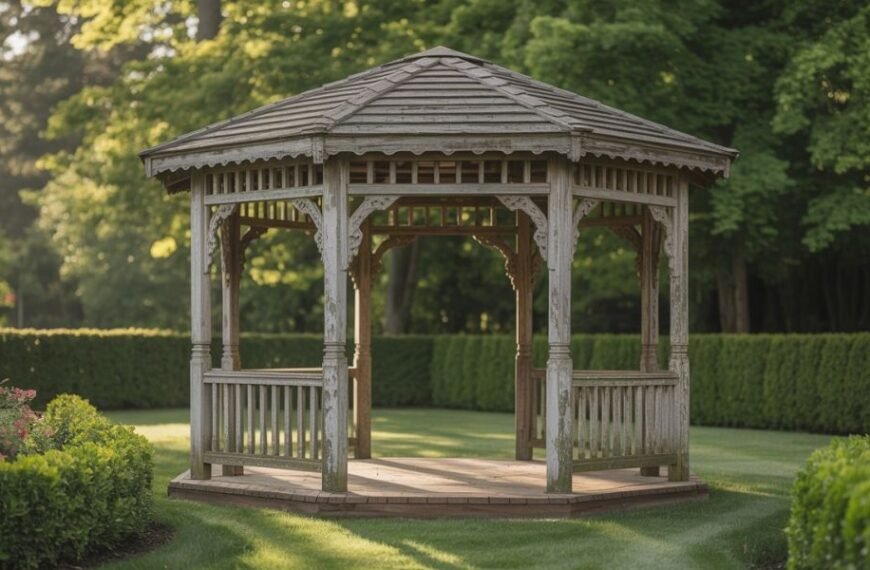Why do certain scenes from classic films seem to stay in our brains for decades, while half of last year’s blockbusters blur into each other?
It’s not just the dialogue or star power, though both play a role, of course. What really embeds those films in the viewer’s long-term memory is the architecture, the neighborhoods, the garden gates, the paint colors…In other words, it’s the setting and atmosphere.
Classic movies had a way of creating a very specific atmosphere, and exterior aesthetics were a big part of that. Sure, storytelling mattered, but setting grounded it. And when you think about it, that curb appeal did more than just frame the narrative. It is often defined.
How Classic Films Managed To Put the Viewer in a Scene
Modern productions often lean on CGI to fill in blanks. It’s often necessary, but not always, and it’s in the latter cases where the space feels contrived and unreal (and therefore empty). You’re shown a scene, but you’re not feeling like you’re in it.
Older films, on the other hand, had to build physical places. They didn’t green-screen charm; they planted hedges, painted clapboards, and constructed courtyards you’d gladly get lost in in real life. Much of it was rooted in architecture that doesn’t exist anymore, not at scale, anyway.
Rear Window (1954) is a great example. That courtyard wasn’t a backdrop. It was the movie. The open facades, apartment balconies, and Flower Window Boxes on many window sills gave that film its voyeuristic tension. You felt like a tenant in that space, not just a passive observer.
Architecture, Landscaping, Color; It All Matters
A house in To Kill a Mockingbird tells you everything you need to know about the Finch family. Modest, a little weathered, wrapped in shade. Compare that to the Radley house, which is overgrown, closed-off, and brooding. Neither needed words. You got the point from the paint, the porch, the landscaping (or lack of it).
But subtle things leave long-lasting impressions, too. Like the ivy crawling up the walls in Notting Hill, or the symmetry of hedges in The Godfather’s Long Island estate. These choices were deliberate. Production designers studied regional architecture, color theory, and garden layouts to match the mood with the location.
Newer research explains how external building design impacts mood, orientation, and memory formation. It makes sense: exteriors are the first and last things you see. Your brain ties emotion to entrances, not kitchen islands.
This is why bolder doors and wide-framed windows, for example, don’t just enhance curb appeal: they signal openness, secrecy, warmth, or danger. In film, a red door might hint at passion or rebellion (see Amélie, though technically not classic Hollywood), while a heavy wooden one screams wealth or control.
Today’s Films Could Learn from Yesterday’s Street Views
Fast cuts and digital cities might feel current, but they don’t linger in our minds, certainly not like the classics. But a white picket fence in Pleasantville or a row of terraced homes in Mary Poppins still feels tactile: real, grounded, possible. The key appears to be this: when exterior details are rooted in real-world aesthetics (so actual physical objects and settings), not digital extrapolations, they stick.
We’d go as far as to say that if you want to study what makes a scene iconic, look at the setting, not the script alone. Because that’s what made classic movies unforgettable.









